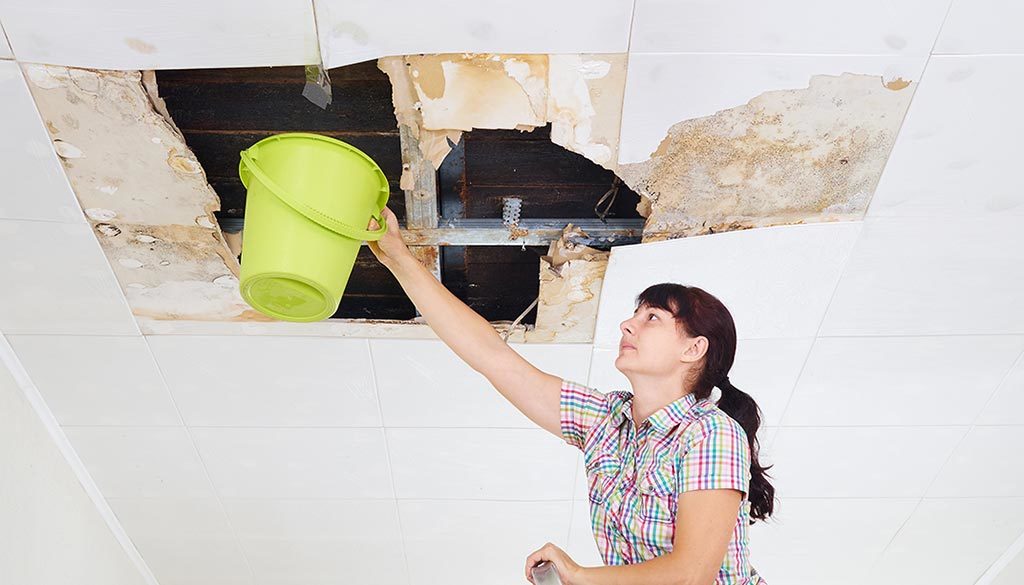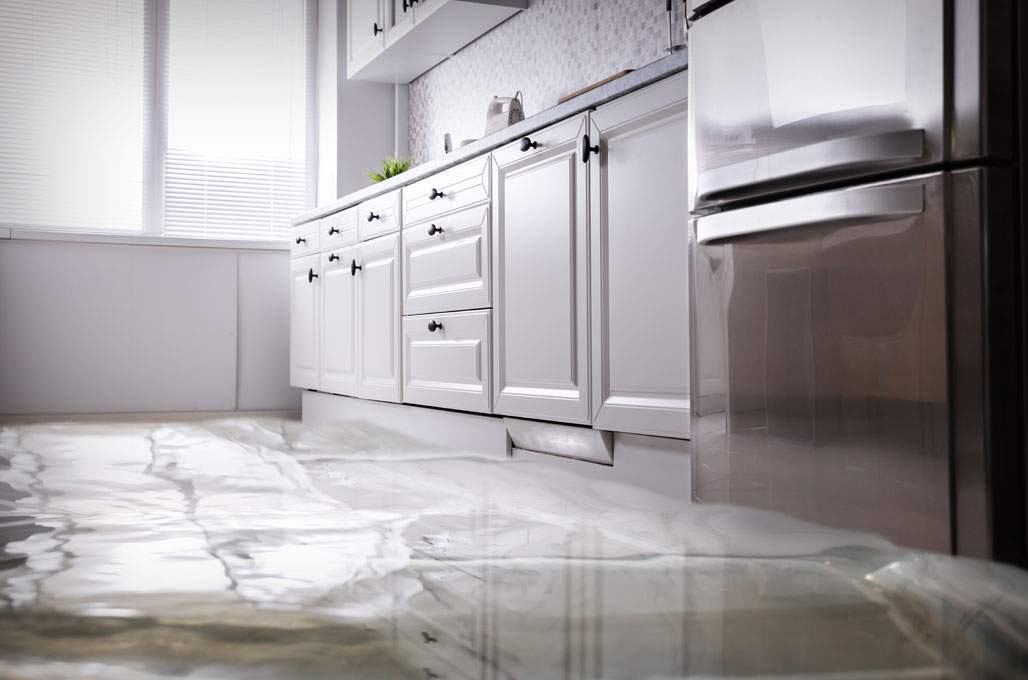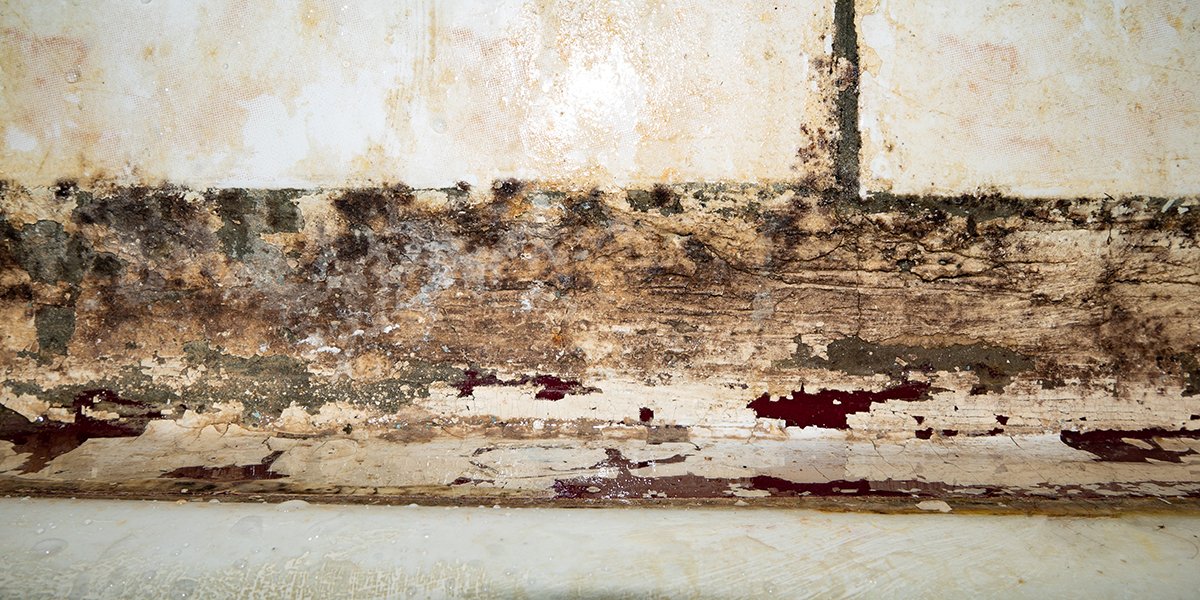Professional Water Damage Restoration for Homes and Businesses Near You
Professional Water Damage Restoration for Homes and Businesses Near You
Blog Article
The Process of Water Damage Cleaning: Guaranteeing Your Home Is Brought Back Efficiently
Water damages can be a daunting challenge for house owners, necessitating a structured and precise cleanup process to bring back safety and security and functionality. A thorough evaluation is critical to determine the level of the damages and determine the suitable removal actions. Following this, effective water extraction strategies play a crucial role in minimizing additional harm. However, the subtleties of drying, sterilizing, and eventual reconstruction are equally necessary and frequently overlooked. Comprehending these stages can make a significant difference in the outcome of your home's reconstruction, motivating a closer take a look at what each step requires.
Assessing the Damages
Upon finding water damages, the initial step is to extensively evaluate the degree of the influence. This initial examination is critical, as it aids determine the required actions for reliable clean-up and restoration. Begin by checking the impacted areas, consisting of wall surfaces, ceilings, floorings, and personal items, to identify the source of the water breach, whether from flooding, leakages, or condensation.
Documenting the damage is important for both insurance claims and preparing repair efforts - damage restoration services. Usage photos and written notes to record the extent of the damages, noting any type of damaged architectural elements and materials. Pay unique attention to areas that may not be immediately visible, such as behind wall surfaces and under rugs, as concealed dampness can lead to further problems, consisting of mold and mildew growth
In addition, evaluate the timeline of the water direct exposure. The longer the materials continue to be damp, the higher the capacity for damages. Recognizing the duration of direct exposure will notify the necessity of removal efforts. Eventually, a thorough analysis lays the foundation for an effective water damage clean-up process, guaranteeing that all impacted areas are attended to effectively and completely.
Water Extraction Methods

Specialists typically employ completely submersible pumps for larger quantities of water, which can quickly ease flooding in basements or various other impacted locations. For smaller amounts, wet/dry vacuums are frequently used to extract recurring dampness from rugs and difficult surfaces. Furthermore, making use of portable extractors enables targeted removal in confined areas or areas with fragile materials.
In circumstances of infected water, such as sewage or floodwater, advanced removal techniques may involve making use of biohazard equipment to ensure safety and compliance with health and wellness laws. High-powered extraction devices are critical in reducing water retention in architectural materials, which can bring about mold and mildew growth and architectural deterioration otherwise dealt with quickly.
Eventually, the performance of water extraction methods plays a critical role in the general success of the water damages cleaning process, preparing for subsequent restoration initiatives.
Drying and Dehumidification
When standing water has actually been properly extracted, the following critical phase in the water damage clean-up procedure is drying and dehumidification. This action is vital to protect against additional damage and mold and mildew growth, which can happen within 24 to 2 days in damp atmospheres.
To attain reliable drying, specialized tools such as industrial-grade air movers and dehumidifiers is utilized. Air movers distribute air throughout damp surfaces, enhancing dissipation rates, while dehumidifiers minimize humidity levels airborne, promoting a conducive setting for drying. The combination of these devices guarantees that wetness is drawn out from walls, floorings, and home furnishings, allowing them to completely dry extensively.
It is very important to check the drying process carefully. Professionals typically make use of dampness meters to examine the moisture material in different materials, ensuring that all influenced areas get to acceptable dry skin degrees. This thorough approach assists to avoid surprise dampness pockets that might lead to structural damages or undesirable mold development.

Cleansing and Disinfecting
After the drying out and dehumidification phase is total, the following essential step in water damages clean-up is cleansing and you can try these out sanitizing the affected areas. This process is critical to avoid the growth of mold, germs, and various other microorganisms that flourish in wet settings.
The cleansing phase normally involves getting rid of any type of debris, dust, and impurities from surfaces making use of specialized cleaning up agents. For tough surface areas, a combination of soap and water or commercial cleansing items is commonly utilized. Soft materials, such as upholstery and rugs, may need more comprehensive cleansing approaches, including heavy steam cleaning or deep extraction techniques, to make sure comprehensive cleanliness.

Disinfecting complies with cleansing, using EPA-approved anti-bacterials to get rid of dangerous bacteria. This action is crucial, especially in areas that may have entered contact with floodwaters or sewage, as these sources can position serious health threats.
Additionally, it is important to attend to any kind of continuing to be odors, which may call for using odor neutralizers or advanced strategies like ozone treatment. Correct cleaning and disinfecting not just restore the safety and security and health of your home yet likewise lay the groundwork for successful restoration and repairs in subsequent stages of the water damages clean-up process.
Remediation and Repairs

As soon as the evaluation is complete, remediation efforts can begin. This normally involves fixing or replacing damaged products, making certain that all work abides with local building regulations and criteria. If drywall has actually been jeopardized, it will require to be removed and replaced with brand-new material. Furthermore, floor covering may call for comparable attention, depending upon the level of water direct exposure.
It is vital to involve skilled restoration professionals throughout this process, as they possess the proficiency to handle complicated repair services properly. In addition, they can assist alleviate possible future problems, such as mold and mildew growth or structural instability, thus guaranteeing a secure and habitable living environment. Eventually, efficient restoration and repair services bring click this link back the home's integrity and enhance its overall worth.
Verdict
To conclude, the process of water damage cleaning is important for bring back a home to its pre-damage problem. Each i loved this stage, from evaluating the damages to applying reliable water extraction methods, adhered to by comprehensive drying out, sanitizing, and required repair services, plays a necessary function in making sure safety and compliance with building requirements. Efficient execution of these steps not only minimizes immediate damage yet likewise enhances the lasting stability and value of the residential or commercial property.
Water damages can be a difficult difficulty for home owners, demanding a precise and structured clean-up process to recover safety and capability. Eventually, a detailed evaluation lays the foundation for a successful water damage clean-up process, ensuring that all impacted locations are addressed effectively and completely.
Reliable water extraction methods are essential in reducing damage and preventing more difficulties following a water breach event.In final thought, the procedure of water damage cleanup is important for recovering a home to its pre-damage condition. Each phase, from examining the damages to executing effective water extraction strategies, complied with by complete drying, sanitizing, and required repair work, plays an essential duty in making certain security and compliance with building requirements.
Report this page